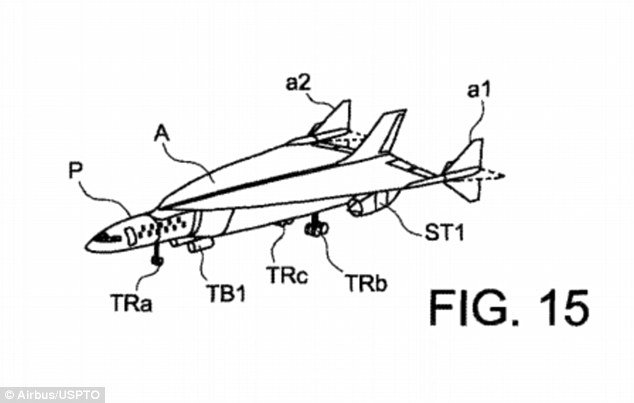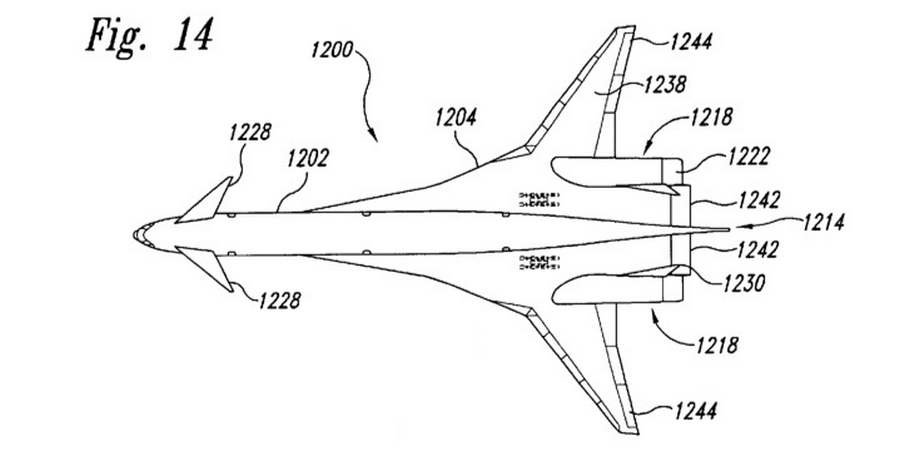Aerospace manufacturer, Airbus has filed patents for a supersonic passenger plane, which could make the flight between London and New York as little as an hour.
The US Patent and Trademark Office recently approved the application from Airbus for the new jet, which says it will travel at 4.5 times the speed of sound – more than 2,500mph according to the documents lodged.

The hypersonic jet which airbus has coined an “ultra-rapid air vehicle and related method of aerial locomotion,” would flatten the seven to eight hours it currently takes a conventional airliner to cross the Atlantic, also making it possible to complete a round-trip in a day.
In addition, Airbus has said that the patented aircraft would be able to complete trips such as Tokyo to Los Angeles and Paris to San Francisco in just three hours.
Editor's Comment
Our story on the media-dubbed ‘Son of Concorde’ appears online 26 years to the day that I was lucky enough to take to the air and sample the speed and exquisiteness of Concorde and although there is a long, long way to such a project becoming a reality, the idea excites me. Although Concorde was not necessarily built for comfort, it made up for this in speed and the idea of crossing the Atlantic in just one hour versus up to eight hours currently is sure to appeal too many. But, there are numerous hurdles to overcome, none more so than infrastructure, technology, even the demand for such a niche offering. Airbus will really need to make the sums add up if this is to become anything more than a paper aeroplane. Despite this child-like drawing’s road to realism being long and remote, I, like many others, would love to see it take-off, but that is my heart talking.
Richard Maslen, Content Manager
The jet is powered by three different types of engines which work in sequential order to get the aircraft in the air, into cruising altitude and then up to its cruising speed. Airbus has also suggested that it will be powered by multiple forms of hydrogen stored aboard the aircraft.
A rocket motor would take it to an altitude of 100,000ft, while the wing-mounted ramjets would then take control to push the jet to its final speed.
The rocket motor combined with conventional jets will power a “near vertical ascendant flight” until it breaks the sound barrier.
The aircraft will be able to carry up to 20 passengers or two or three tons of cargo for distances of about 5,500 miles. The development costs and costs of the programme will most probably ensure that the Concorde Mark 2 will only be available to business executives, and not for regular holiday-makers.
Airbus has suggested the market for the new aircraft would be “principally that of business travel and VIP passengers, who require transcontinental return journeys within one day.” The aerospace manufacturer has also suggested the aircraft may be suitable for military use as well as the “ultra-rapid transport of high added-value goods or elite commandos.”
The patent filing addresses the problem of supersonic aircraft making sonic booms as they break the sound barrier, which is one of the reasons why the original Concorde was not a commercial success. The aircraft was banned from operating at high speed over land by many countries, following numerous noise complaints.
The patent filing states that the air vehicle proposed substantially reduces the noise emitted when the sound barrier is broken, also called the ‘supersonic bang’. “This noise has been the main limit, if not the only one preventing the opening of lines other than transatlantic ones for Concorde.”
Before Boeing properly explored the 787 Dreamliner, the aircraft manufacturer proposed the Boeing Sonic Cruiser, which was a concept high-subsonic airline with a cruising speed of up to Mach 0.98.
Boeing first proposed the aircraft in 2001 but ended the Sonic Cruiser project in 2002 and shifted to the slower, but more fuel efficient 787.





